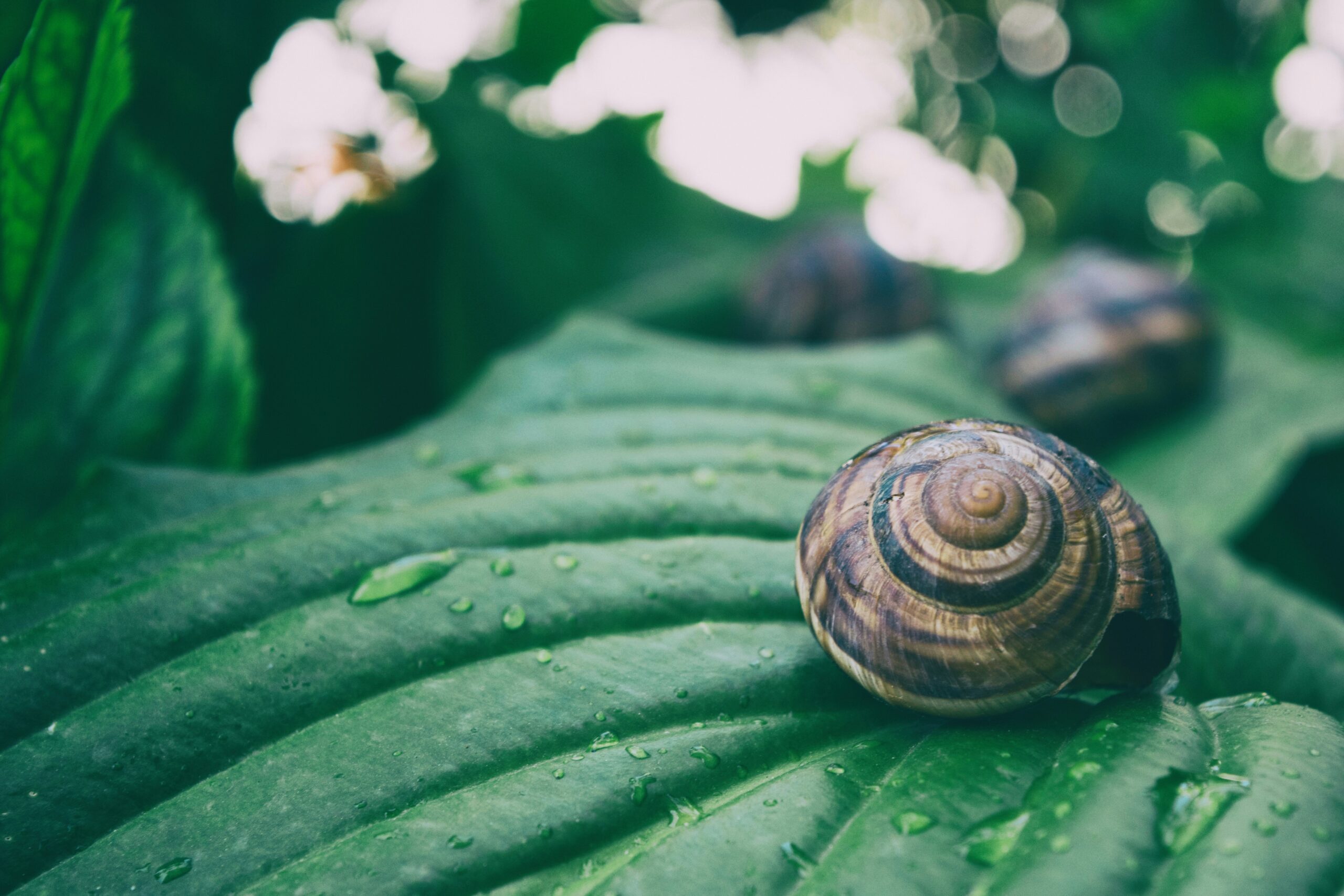News
Can nanoplastics transfer through the food chain?
MOMENTUM partners at Leiden University explored this question by monitoring the uptake and transfer of tiny plastic particles from water through lettuce to snails. They also assessed the potential impact on both organisms. The findings were recently published in the journal Science of the Total Environment.

The researchers found that nanoplastics can be taken up by plant roots and find their way to the leaves of plants, but their ability to enter snail tissues appears limited under tested conditions. Snails ingested the nanoplastics by eating contaminated lettuce, but no detectable levels of plastic particles were found in their digestive glands. Instead, nanoplastics were present in their feces, showing that while ingestion occurred, absorption was limited and particles were excreted by the snails.
The nanoplastics have some impact on the growth of lettuce and snails. The root dry weight of lettuce, for example, increased at higher nanoplastics concentration. Researchers also discovered a decrease in the shell diameter of snails after ingestion of nanoplastics, but the cause is unclear.
The potential of nanoplastics to enter plants raises important questions for food safety and environmental health. This research is a crucial step in understanding how nanoplastics might impact ecosystems and, ultimately, the food we eat.
This research was part of both the PAPILLONS project and the MOMENTUM breakthrough project “Food for Thought”, funded by ZonMw. In this breakthrough project, researchers look at micro- and nanoplastics that end up in our crops. They measure the quantity of plastic particles in plants and herbivores, and investigate whether these microplastics can be transferred to humans via the food chain.




